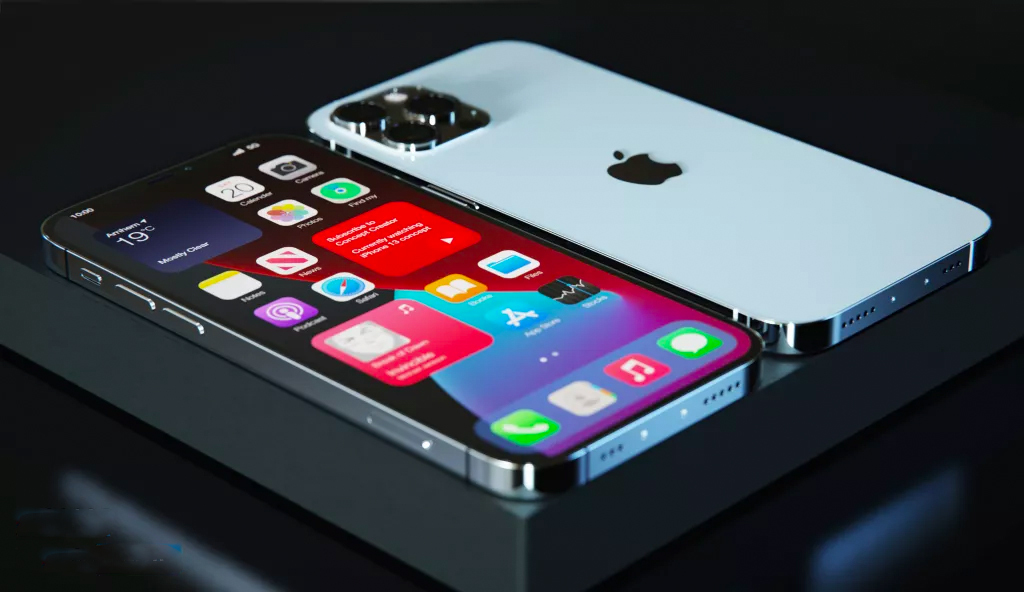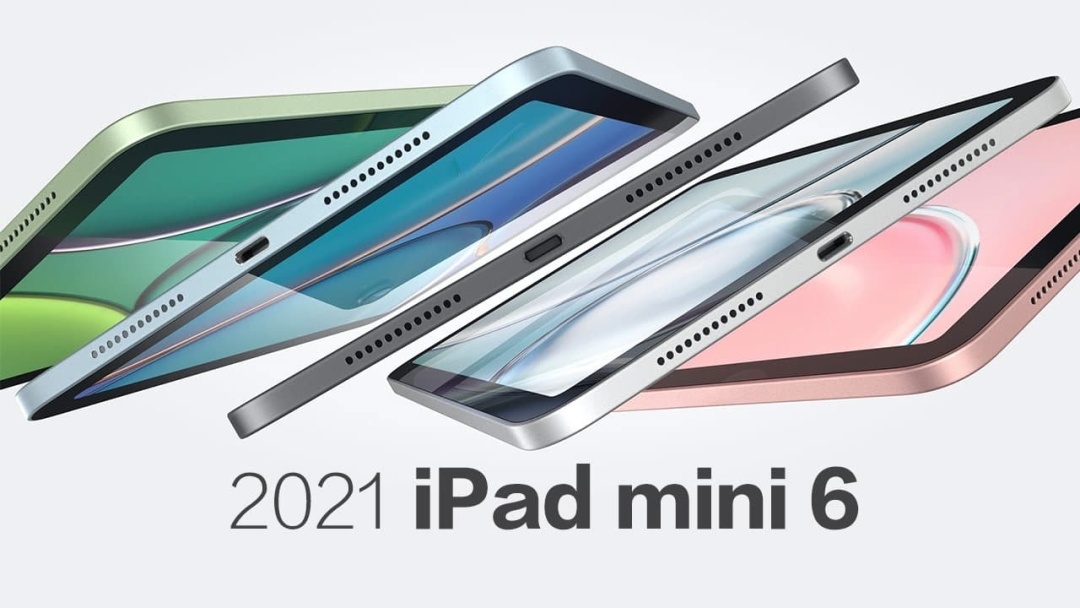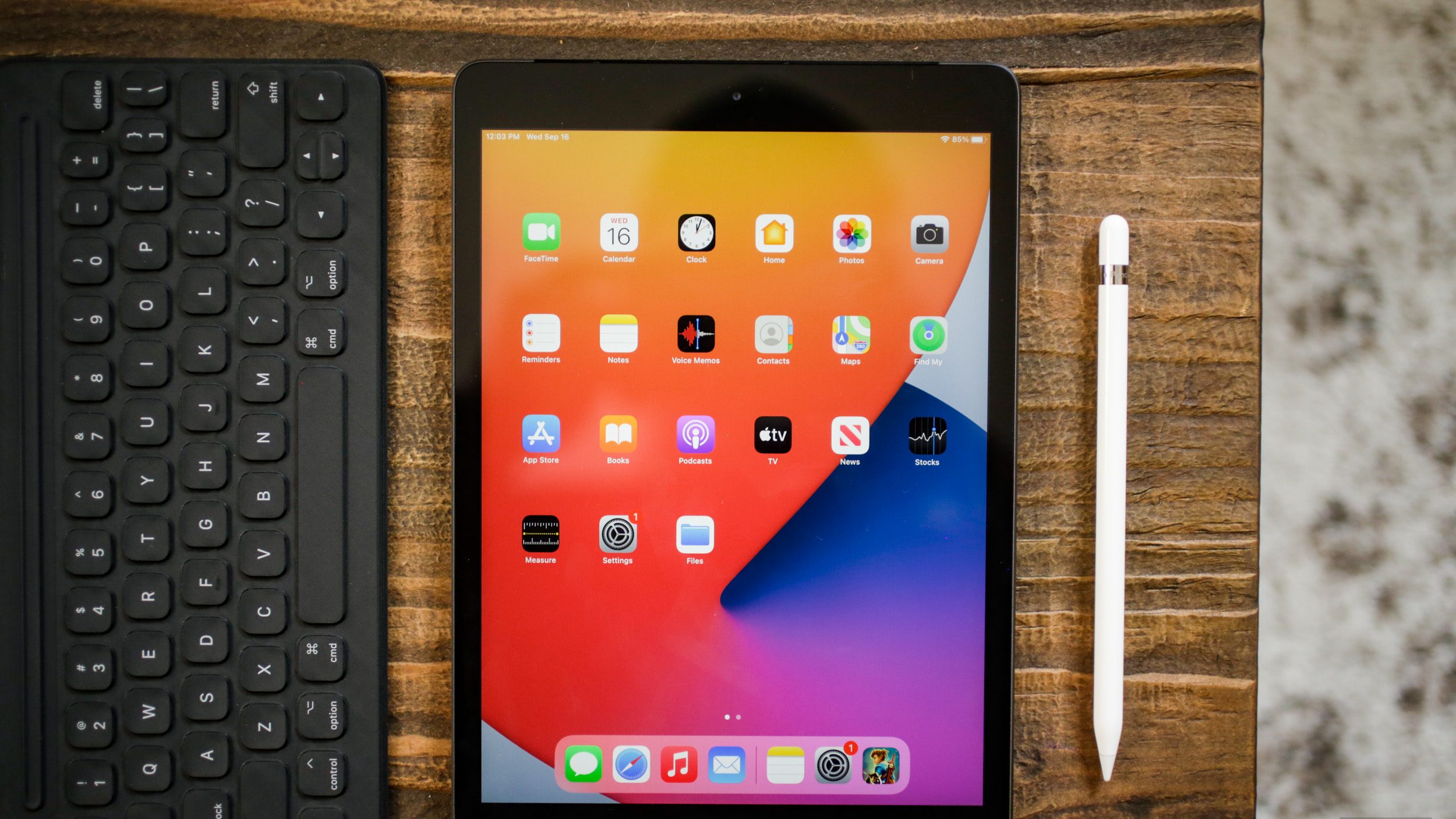Apple officially launched AirTag at the spring new product launch, and before that, Samsung had already launched a similar product SmartTag, so which of these two products is better? Let’s check it out together.
On the GalaxyUnpacked 2021 event, Samsung launched GalaxySmartTag small tracker that has been exposed many times before, used to locate and find the devices or items that are placed with it.
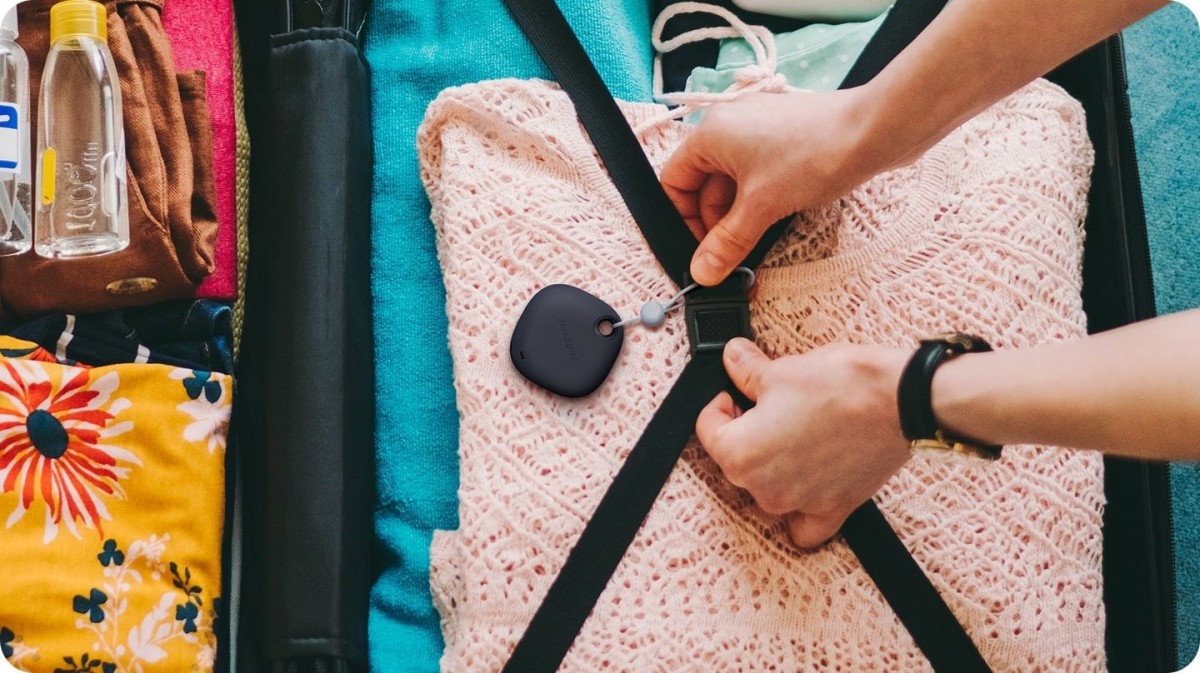
GalaxySmartTag adopts a square design, very small, and has a lanyard hole, which is convenient for binding with some devices or items. Users can put it in the wallet or hang it on keys, backpacks, suitcases, or even pets. It supports IP53 level dustproof and waterproof. Galaxy SmartTag supports Bluetooth 5.0. After pairing with a mobile device, the location of the device can be checked through the SmartThingsFound function, and the SmartTag also has a built-in buzzer, which can be made to beep through the connected device to facilitate searching. In addition, Samsung also provides a SmartTag+ version, which will support UWB (Ultra Wideband Wireless Communication Technology), allowing users to use AR navigation to find items more accurately.

The device has a button that can be used to find connected devices. It can also be used as a controller for IoT devices and can turn on/off Samsung Smart Things such as TVs and sweeping robots.
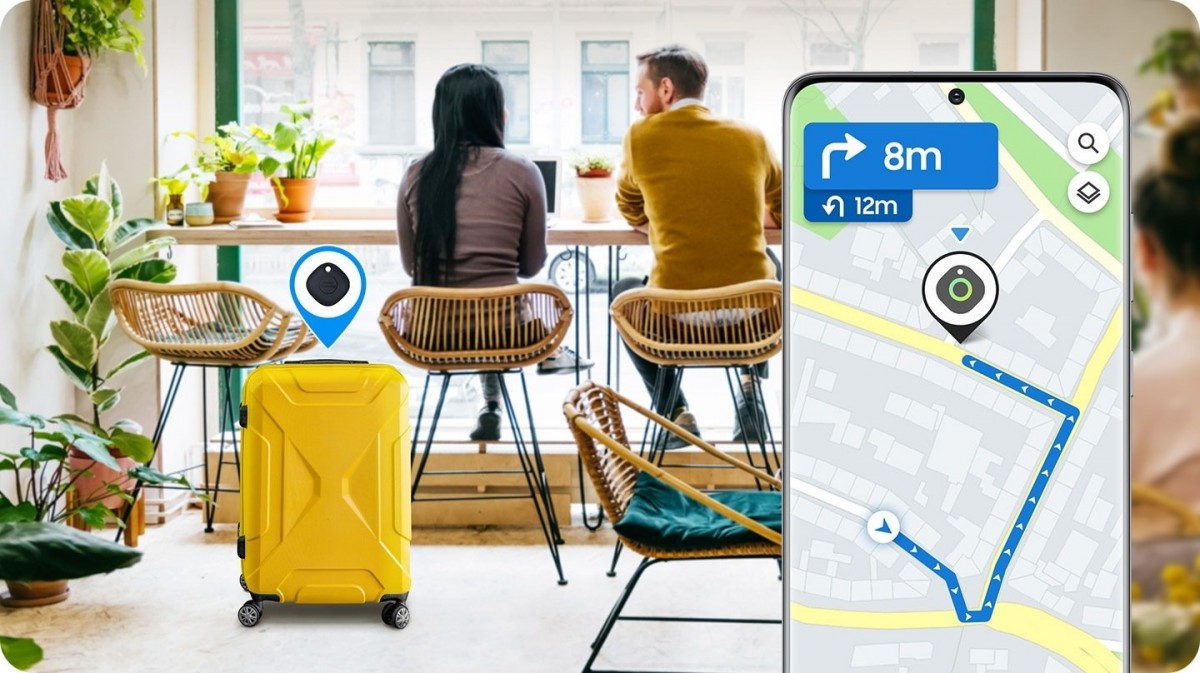
Samsung Galaxy SmartTags are available in black, oatmeal color, pink, and mint green colors and each priced at $29.99. In addition, they are also packaged and sold, and the price of four is up to 84.99 US dollars. The Plus version that supports UWB is more expensive, priced at $39.99, while the two-piece package is priced at $64.99.
While on April 21st, Apple launched a series of new products at its spring event. AirTag, an anti-lost device used to track items, has attracted market attention as a brand new product.
According to the official introduction, AirTag realizes the function of tracking and determining the location of items through Bluetooth technology and Apple’s existing Find application. The breakthrough of AirTag lies in the fact that Apple has expanded in the field of anti-lost from tracking its own products to third-party products like handbags, keys, backpacks, etc, which can be said to have met the needs of consumers who are prone to losing things.
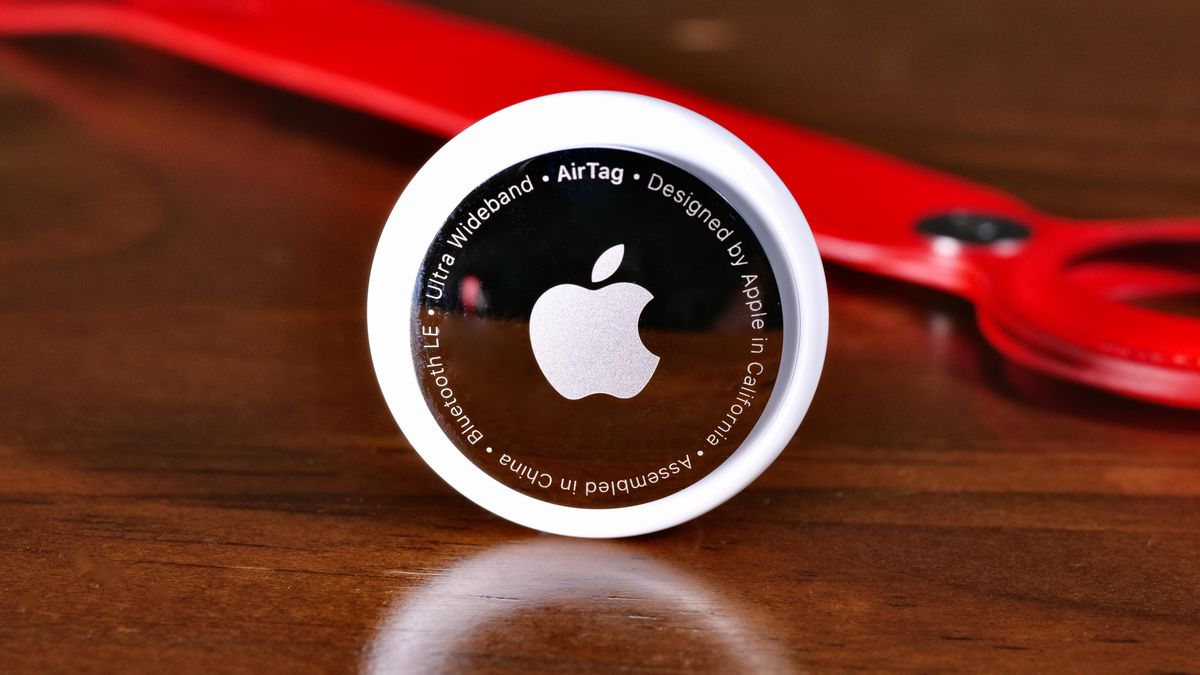
Because AirTag can locate the precise location of the item and will use personal information such as geographic location, this will inevitably cause consumers to worry about privacy and security issues. According to the official introduction, Apple’s AirTag and Find networks use end-to-end encrypted and anonymous technology in the process of tracking items to protect user privacy.
Carolyn Wolfman-Estrada, Apple’s engineering project manager responsible for the development of the iPhone system, specifically responded to the privacy issue when introducing AirTag at the press conference. She said that at Apple, we believe that privacy is a human right, so we have integrated privacy measures in AirTag and the Find network. Everyone does not need to share their location with anyone, including Apple, to participate in the Find network.
AirTag is designed to track objects, not people, Carolyn Wolfman-Estrada emphasized.
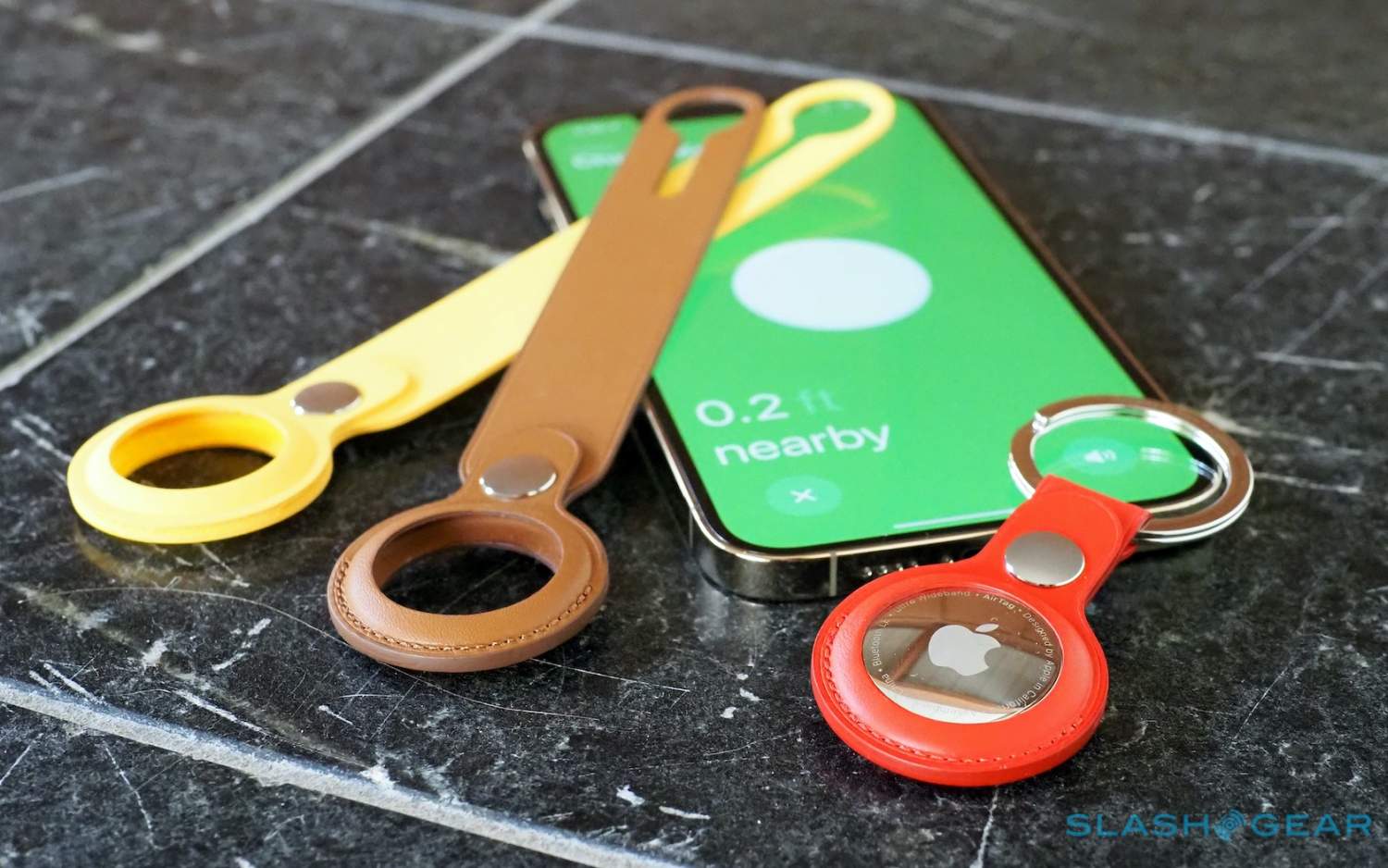
As for the price, AirTag is priced at $29 each and $99 in four packs.
![]()
As for Tile, I think this should be the first Bluetooth tracker been made.
Tile is a very popular third-party Bluetooth item tracker. It is a small thing powered by a button battery. It is similar in size to a keychain. You can actually tether it to the keychain. Then you can find the key through the iPhone App.
![]()
Previously the most well-known tracker product was Tile.
In addition to positioning (it actually records the location of the last connection with the iPhone), Tile can also sound an alarm and so on.
And there is news that Tile will launch new products since Apple launched AirTag. The new Tile will use ultra-wideband technology.
Like Bluetooth and Wi-Fi, UWB is a short-range wireless communication protocol, but it can operate at very high frequencies. It can be used to capture space and direction data, which is very convenient for finders of lost items such as Tile’s trackers.

Ultra-wideband is expected to add new spatial perception to such products, and trackers with ultra-wideband can better position the tracker in 3D space. Suppose you lose a small item, your phone can clearly know which direction and angle you should face in order to better find the item equipped with a tracker.


